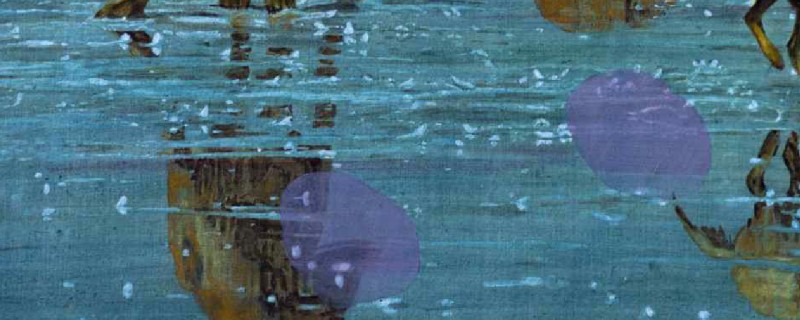Publikacja udostępniana jest na licencji Creative Commons Creative Commons Uznanie Autorstwa - Na Tych Samych Warunkach 3.0 Polska.
> Tłumaczenie wykładu na język polski
In Sarah Ensor’s essay “Spinster Ecology: Rachel Carson, Sarah Orne Jewett, and Nonreproductive Futurity” (2012), the avuncular figure of the spinster figures a model of “queer ecocritical practice” and a “model of care that allows distance, indirection, and aloofness to persist and that transforms the vexed concept of ‘enoughness’ from a chastening limitation to a quietly affirmative state.” This talk explores how models of care involving a critical (or queer ecocritical) distance can provide a different frame of thinking for art and design, based in the idea of life economies and a life drive. Examples range from the 1950s new town of Harlow in Essex to Jacques Tati’s influential film Mon Oncle. The figures of the body and the other appear in this talk in ways that complement Prinz Gholam’s creative practice.
Tim Waterman is Professor of Landscape Theory and Inter-Programme Collaboration Director at the Bartlett School of Architecture, UCL. His research addresses imaginaries: moral, political, social, ecological, radical, and utopian. This forms the basis for explorations of power and democracy and their shaping of public space and public life; taste, manners, belief and ritual; and foodways in community and civic life and landscape. He is the author of The Landscape of Utopia: Writings on Everyday Life, Taste, Democracy, and Design and editor of Landscape Citizenships with Ed Wall and Jane Wolff, Landscape and Agency: Critical Essays with Ed Wall, and the Routledge Handbook of Landscape and Food with Joshua Zeunert.
-
07.09 – 03.11.2024Prinz Gholam
Prinz Gholam to nazwiska dwóch artystów: Wolfganga Prinza i Michela Gholama, działających w duecie od 2001 roku. Pochodzą z różnych kultur — niemieckiej (Prinz) i libańskiej (Gholam) — nie są jednak przywiązani do kontekstu narodowego. W swoich pracach i działaniach wykorzystują swobodnie — w poczuciu wolności — wielokulturowe wątki z różnych przestrzeni i czasów. Od początku wspólnej praktyki posługują się performansem, choreografią realizowaną w obecności widzów lub dokamerowo — w postaci fotografii i zapisu filmowego utrwalającego efemeryczne zdarzenia. Tworzą unikatowe, wielkoformatowe rysunki, małe obiekty rzeźbiarskie z kamieni oraz charakterystyczne maski, do których powstania przyczyniła się pandemia 2020 roku.
Zachęta – Narodowa Galeria SztukiZachęta
- audioŚwięto wiosny Katarzyny KozyrySpotkanie z Ewą Łuczak poświęcone pracy
- audioWątki operowe w twórczości Katarzyny KozyrySpotkanie z Grzegorzem Pitułejem
- audioZ imperium. FotografiePortret reportera - panel dyskusyjny
- audio7 Rooms. Spotkanie z Rafałem MilachemPremiera książki
- audioMikrointerwencje TillmansaWykład Krzysztofa Miękusa
- audioŁaźnia męska Katarzyny KozyrySpotkanie z Jackiem Markiewiczem poświęcone pracy
- audioPo co nam TillmansDyskusja towarzysząca wystawie Wolfgang Tillmans Zachęta Ermutigung
- audioOtwieranie drzwi. Knock, knock, knocking on Europe's (Poland's) DoorPanel dyskusyjny
- audioCo z tą Białorusią?Spotkanie
- audio7 pokoiImperium 20 lat później. Spotkanie Wojciecha Góreckiego i Rafała Milacha
